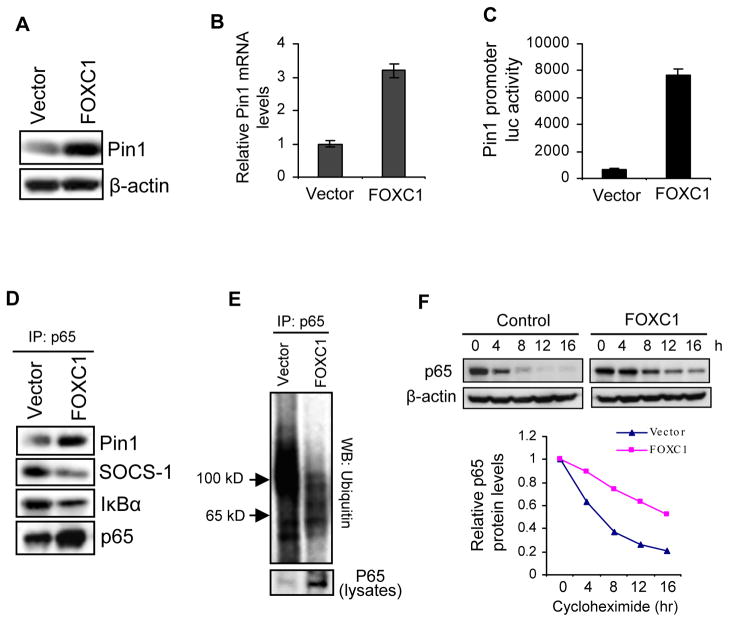Figure 2. FOXC1 increases p65 protein stability by upregulating Pin1 in breast cancer cells.
(A) Immunoblotting of Pin1 in MDA-MB-231 cells overexpressing FOXC1 or the vector. (B) Real-time RT-PCR analysis of Pin1 mRNA in the same cells. The Pin primers are 5′-TGGGTGCCTTCAGCAGAGGTCAG-3′ and 5′-CCGGAATCCGTGAACACGGGC-3′ (see Supplementary Information for detailed methods). (C) A 2.3 kb Pin1 promoter-luciferase reporter construct was co-transfected into MDA-MB-231 cells with FOXC1 or the vector, followed by luciferase assays. (D) Lysates from FOXC1- or vector-overexpressing MDA-MB-231 cells were immunoprecipitated with an anti-p65 antibody, followed by immunoblotting of IκBα, Pin1, and SOCS-1. (E) Same cells were transfected with a ubiquitin construct, treated with 10 μM MG-132, and subjected to immunoprecipitation with an anti-p65 antibody, followed by immunoblotting of ubiquitin. (F) Same cells were treated with cycloheximide (10 μg/ml) and harvested at the indicated time points, followed by immunoblotting and densitometry of protein bands. Band intensities were normalized to that of actin, then normalized to the t = 0 controls.

